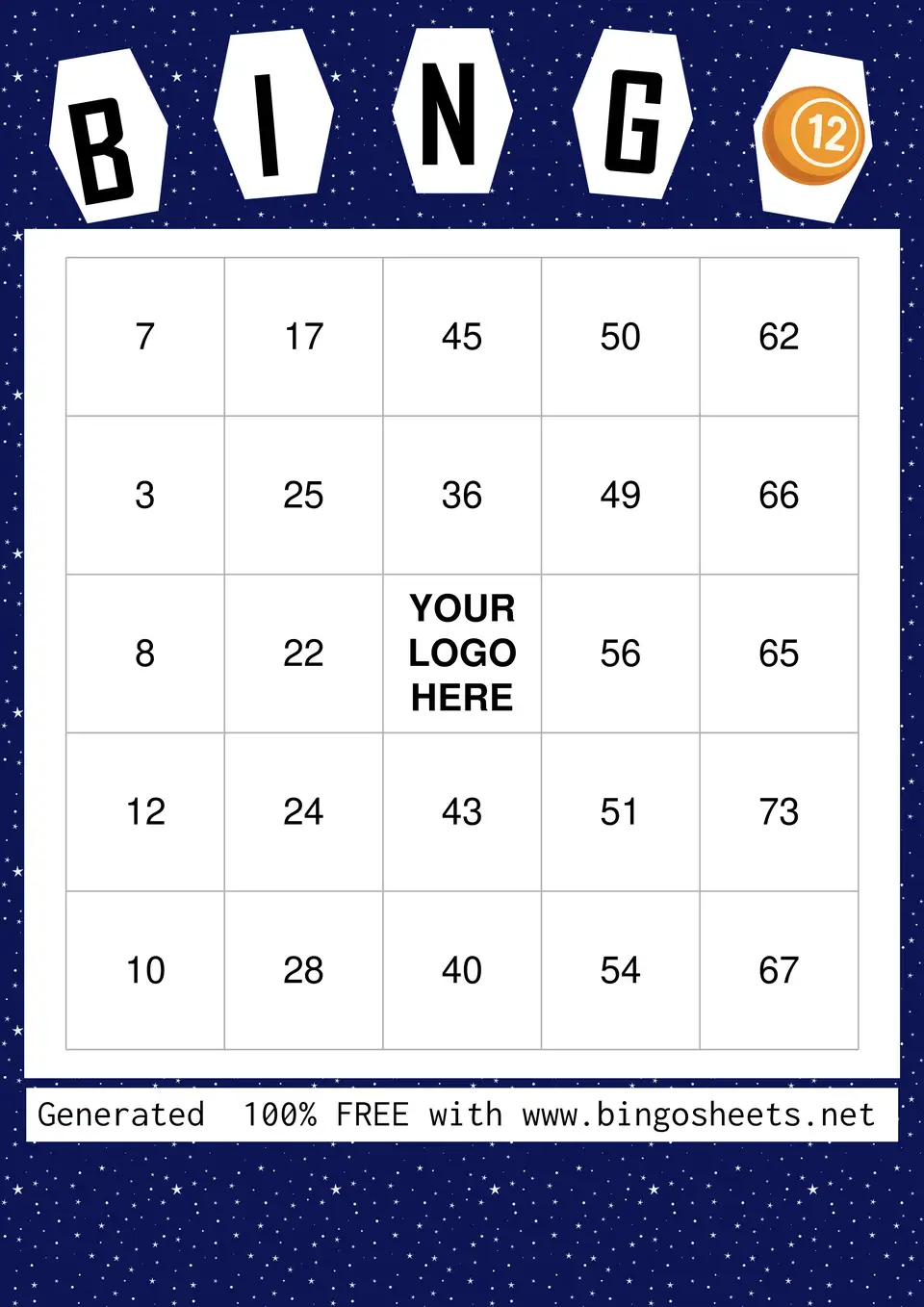Using Bingo to Enhance Early Childhood Learning
In today's fast-paced digital world, educators face the increasing challenge of capturing and sustaining the attention of young learners. With a multitude of digital distractions, the traditional, passive methods of teaching can struggle to compete. This has led to a pedagogical shift towards "gamification"—the strategic use of game elements in non-game contexts to boost engagement, motivation, and ultimately, improve learning outcomes.
This article explores a case study in gamified learning: using the classic game of bingo as a dynamic and effective tool for teaching numeracy to kindergarten and pre-school aged children.
The Modern Classroom Challenge: Attention in a Digital Age
The core challenge in early childhood education is making abstract concepts, like numbers, tangible and interesting. While methods like rote memorization and repetitive worksheets have long been staples, they often fail to inspire genuine curiosity or prolonged focus in young minds. A child's engagement is a finite resource, and activities perceived as chores are unlikely to yield deep, lasting comprehension. The goal is to create an environment where learning feels like playing, a state where children are so absorbed they don't even realize they're mastering a new skill.
A Study in Engaged Learning: How Bingo Develops Cognitive Skills
The structure of 75-ball bingo is uniquely suited for number learning, providing multiple cognitive benefits that go far beyond simple recognition.
- Auditory and Visual Connection: The core gameplay loop involves hearing a number called (e.g., "B-12") and then visually scanning the card to find it. This simple act creates a strong neural pathway between the spoken name of the number and its written form, a fundamental building block of literacy and numeracy.
- Structured Number Grouping: Bingo cards are not random assortments of numbers. Each column is dedicated to a specific range of 15 numbers (B: 1-15, I: 16-30, etc.). This structure implicitly teaches children about number order and categorization. They quickly learn that if "G-52" is called, there's no need to search in the 'B' or 'I' columns, subtly reinforcing their understanding of the number line and place value.
- Developing Executive Functions: Beyond number recognition, bingo actively trains key executive functions. When a number is called, a child must hold that number in their working memory while visually scanning their card. This process of remembering information while performing another task is a critical skill. Furthermore, as children play more, they begin to recognize the patterns needed to win, exercising early strategic thinking.
- Sustained Attention: The element of chance and the desire to win keeps children focused for longer periods than a standard worksheet. The anticipation of completing a line and shouting "BINGO!" is a powerful intrinsic motivator that sustains engagement throughout the lesson.
The Power of a Prize: Amplifying Motivation
To further enhance this motivation, incorporating a simple prize system can be highly effective. The prize doesn't need to be elaborate; its power lies in providing a tangible goal for the child's focus. For this age group, small, immediate rewards work best.
Winning a round could mean the child gets to: * Be the line leader for the day. * Choose the next song or short activity for the class. * Receive a sticker or a single lollipop. * Be the "assistant caller" for the next round.
This simple addition transforms the game from a fun activity into a challenge with a coveted outcome, sharpening focus and encouraging enthusiastic participation from the entire class.
Putting Theory into Practice: The Modern Teacher's Toolkit
The primary barrier to implementing new classroom activities is often the time and resources required for preparation. Fortunately, modern web tools have eliminated this hurdle, making it incredibly easy to host a learning-focused bingo game. All you need is a laptop and a printer.
-
Generate Your Teaching Materials for Free
The first step is to acquire the bingo cards. Rather than using a static, one-size-fits-all bingo cards template, a dynamic tool is preferable. Our Free Bingo Coupon Generator is an ideal resource for educators. It allows you to instantly create and download a PDF of completely unique printable bingo cards. This ensures that every student has a different card, which is crucial for a fair and effective game.
For a special touch, you can upload your school mascot or a class photo to the center "free" space, turning generic materials into a personalized teaching tool.
 Our Free Bingo Coupon Generator lets you choose from dozens of kid-friendly designs. See more options in our Templates Gallery.
Our Free Bingo Coupon Generator lets you choose from dozens of kid-friendly designs. See more options in our Templates Gallery. -
Run the Game with an Interactive Caller
Forget fumbling with numbers in a bag. The Virtual Bingo Machine is a free, web-based tool that you can project on a screen for the entire class to see. It colorfully displays the called number, holds children's attention, and automatically keeps track of every number that has been called. This frees you up to focus on helping the students and facilitating the
learningexperience.
Conclusion: A Winning Combination for Early Education
Bingo is more than just a party game; it's a proven, effective, and engaging educational tool. By leveraging the principles of gamification and the motivational pull of simple rewards, it helps children build a strong foundation in numeracy by making the learning process itself a fun and exciting challenge.
With free and accessible digital tools like a Free Printable PDF Bingo Card generator and a Free Virtual Bingo Machine, any educator can easily integrate this powerful strategy into their classroom. It's a simple way to bring joy, focus, and measurable progress to the essential task of teaching numbers. For more ideas on using bingo in an educational setting, see our guide on Classroom Review Games.